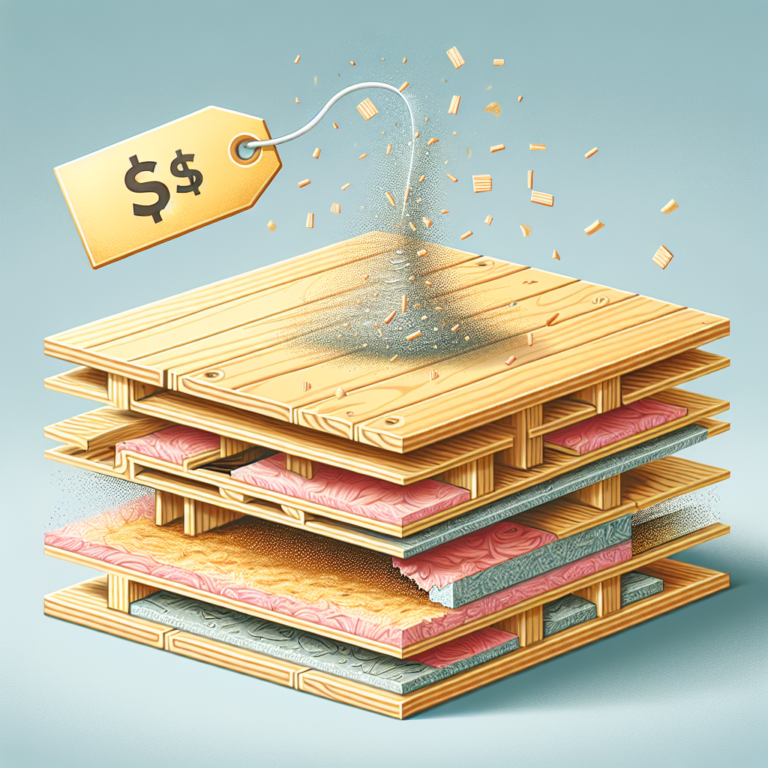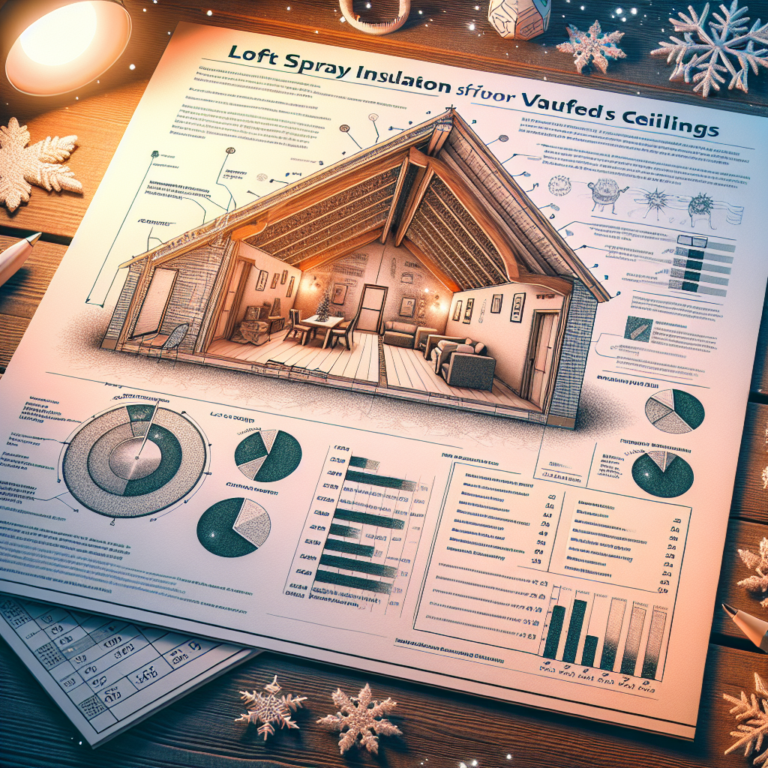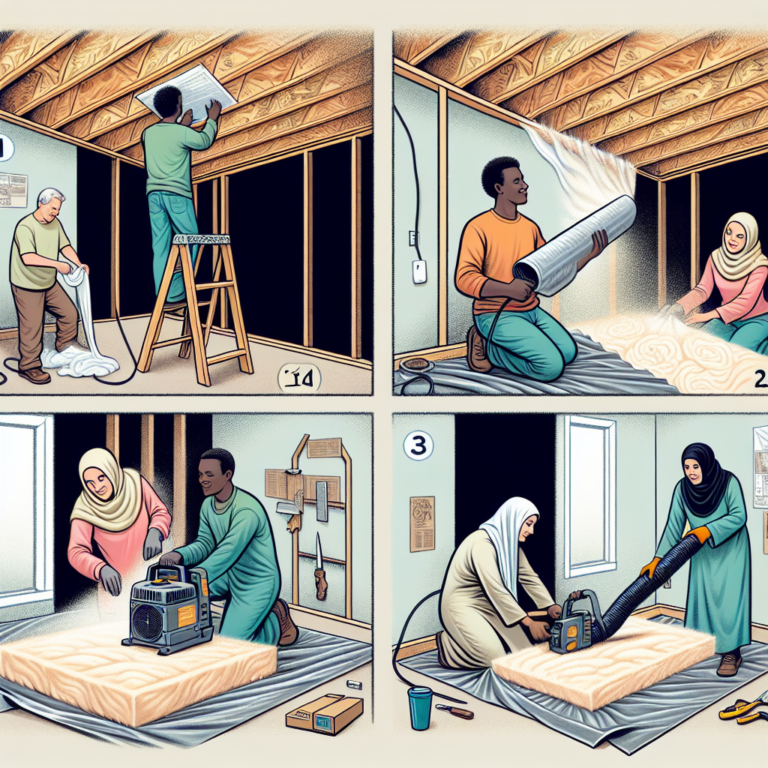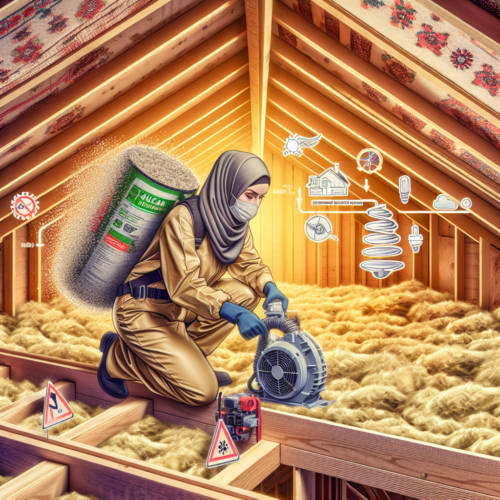Transform Your Sanctuary: The Surprising Cost of Blown-In Cellulose Insulation
Table of Contents
Introduction
H2: Exploring Blown-In Cellulose Cost and Value
H3: Factors Influencing Blown-In Cellulose Cost
H2: Maximizing Energy Efficiency and Savings
H2: Investing in Comfort: Long-Term Benefits
H2: Q&A: Blown-In Cellulose Cost and Installation
Conclusion
Introduction
Upgrading your home’s insulation can feel like a daunting project, but the payoff in comfort and energy savings is undeniable. Among the most eco-friendly and effective options available today is blown-in cellulose insulation. Made from recycled paper fibers treated for fire resistance, this versatile material seals gaps and crevices that other insulations often miss. If you’re wondering about the true blown-in cellulose cost—and whether it’s worth the investment—read on to discover how this sustainable solution can transform your sanctuary.
H2: Exploring Blown-In Cellulose Cost and Value
Blown-in cellulose cost typically ranges from $1 to $1.50 per square foot for loose-fill and up to $2.50 per square foot for dense-pack applications. While these figures provide a baseline, the real value lies in long-term performance:
• Upfront investment vs. energy savings – Department of Energy studies show properly insulated homes can cut heating and cooling bills by up to 20%.
• Durable performance – Unlike fiberglass batts that settle or degrade, cellulose maintains its thickness and insulating power for decades.
• Eco-friendly credentials – Cellulose is composed of 75–85% recycled newspaper, diverting waste from landfills and reducing the carbon footprint of your home.
H3: Factors Influencing Blown-In Cellulose Cost
Several variables determine the final price tag for blown-in cellulose insulation:
• Square footage and volume – Larger attics or walls requiring a deeper insulation layer will increase material and labor costs.
• Insulation thickness (R-value) – Achieving higher R-values requires more cellulose and potentially denser packing methods.
• Installation complexity – Hard-to-reach crawl spaces, vaulted ceilings or irregular joist patterns may demand extra labor.
• Local labor rates and material availability – Regional factors can add or subtract up to 20% from national averages.
• Choice between loose-fill and dense-pack – Dense-pack entails more time and skill, commanding a premium over loose-fill applications.
H2: Maximizing Energy Efficiency and Savings
Investing in blown-in cellulose insulation isn’t just about the immediate upgrade; it’s about long-term energy efficiency:
• Air sealing benefits – Cellulose fills every nook and cranny, dramatically reducing drafts and heat loss.
• Thermal mass effect – A dense cellulose layer slows heat transfer, keeping interiors warmer in winter and cooler in summer.
• HVAC load reduction – By stabilizing indoor temperatures, your heating and cooling system can run less often, extending equipment life.
• Noise dampening – The dense, fibrous structure also minimizes airborne noise, creating a quieter living environment.
H2: Investing in Comfort: Long-Term Benefits
While the initial blown-in cellulose cost may give you pause, the quality-of-life improvements pay dividends over time:
• Consistent indoor climate – Say goodbye to cold spots, hot corners and fluctuating temperatures.
• Health and safety – Cellulose is treated with non-toxic fire retardants and resists mold, pests and allergens.
• Environmental stewardship – Choosing recycled materials supports a circular economy and lowers greenhouse gas emissions.
• Property value boost – Energy-efficient homes attract buyers and can command higher resale prices.
H2: Q&A: Blown-In Cellulose Cost and Installation
Q: How quickly will I recoup the blown-in cellulose cost through energy savings?
A: Most homeowners see a return on investment within three to seven years, depending on energy prices and the home’s existing insulation level.
Q: Can I install blown-in cellulose myself to save on labor costs?
A: DIY kits are available, but professional installation ensures proper density, coverage and air sealing—critical for optimal performance.
Q: Does blown-in cellulose require maintenance?
A: No routine upkeep is needed. Cellulose remains stable over time, though you should inspect for moisture issues after major roof leaks or water events.
Conclusion
When you weigh the upfront blown-in cellulose cost against the lasting comfort, energy savings and environmental benefits, the investment becomes clear. Transforming your attic or walls with cellulose insulation not only lowers utility bills but also creates a healthier, quieter and more sustainable sanctuary. Consult a trusted insulation professional to assess your home’s needs and take the first step toward a cozier, greener future.











